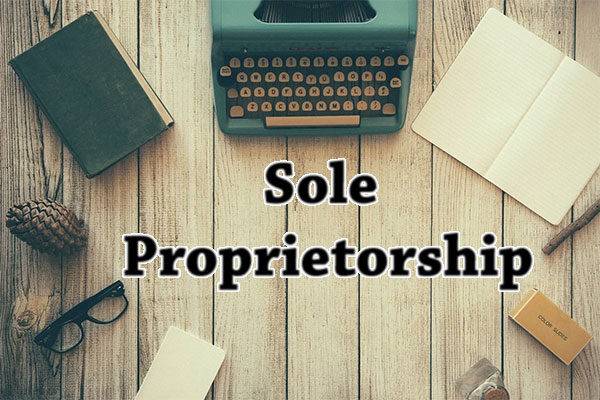3 Key Differences Between Sole Trader and Partnership

As an expert in various industries, it is important to understand the differences between sole trader and partnership. Both business structures have their own advantages and disadvantages, and it is crucial to choose the right one for your business. In this article, we will discuss the three key differences between sole trader and partnership.
- Legal Structure
The first and most obvious difference between sole trader and partnership is the legal structure. A sole trader is a business owned and operated by one person, while a partnership is a business owned and operated by two or more people. A sole trader is not a separate legal entity from the owner, which means that the owner is personally liable for all debts and obligations of the business. On the other hand, a partnership is a separate legal entity from the partners, which means that the partners are jointly and severally liable for all debts and obligations of the business.
- Taxation
The second difference between sole trader and partnership is taxation. A sole trader is taxed as an individual, which means that the owner is responsible for paying income tax on all profits earned by the business. In contrast, a partnership is not taxed as a separate entity, but rather the partners are individually taxed on their share of the partnership's profits. This means that the partnership itself does not pay income tax, but the partners are responsible for paying their own income tax on their share of the profits.
- Decision Making
The third difference between sole trader and partnership is decision making. In a sole trader business, the owner has complete control over all decisions related to the business. However, in a partnership, all partners have an equal say in the decision-making process. This can be an advantage or a disadvantage, depending on the situation. On one hand, it allows for more diverse perspectives and ideas. On the other hand, it can lead to disagreements and conflicts if partners have different opinions on how to run the business.
In conclusion, the three key differences between sole trader and partnership are legal structure, taxation, and decision making. It is important to carefully consider these differences when choosing the right business structure for your business. Whether you choose to operate as a sole trader or a partnership, it is important to seek professional advice and guidance to ensure that you are making the right decision for your business.



